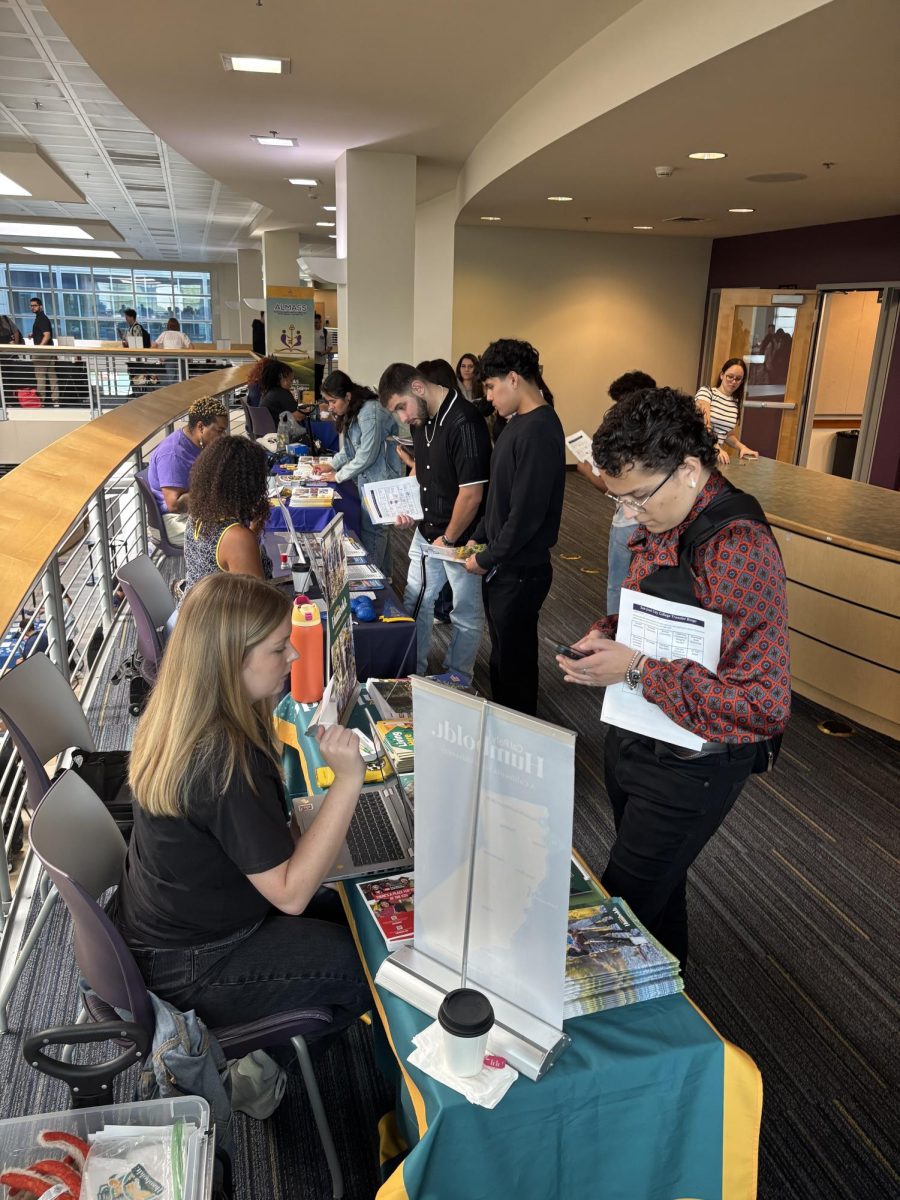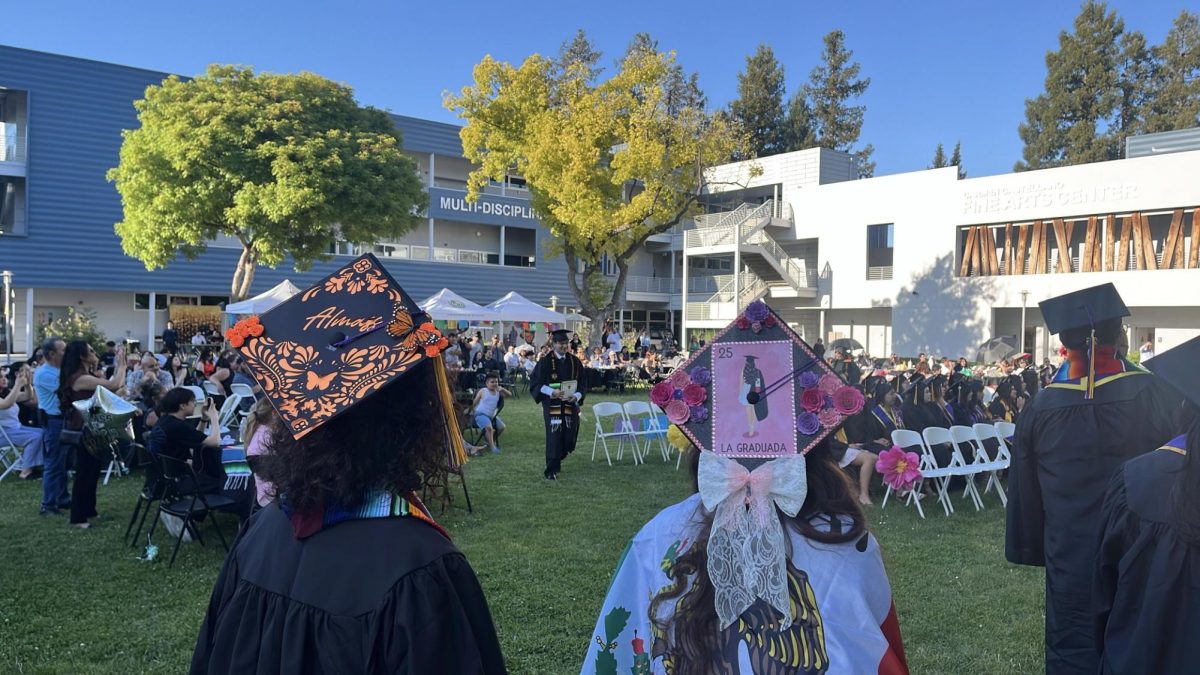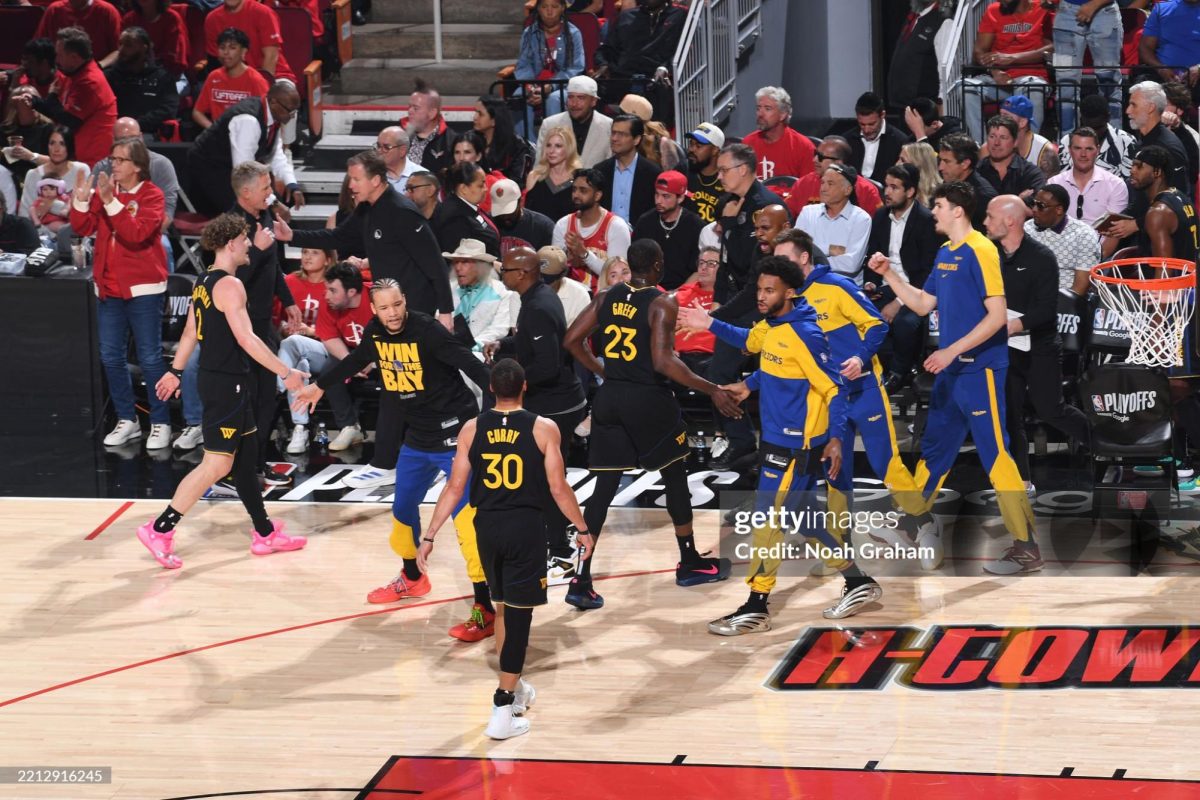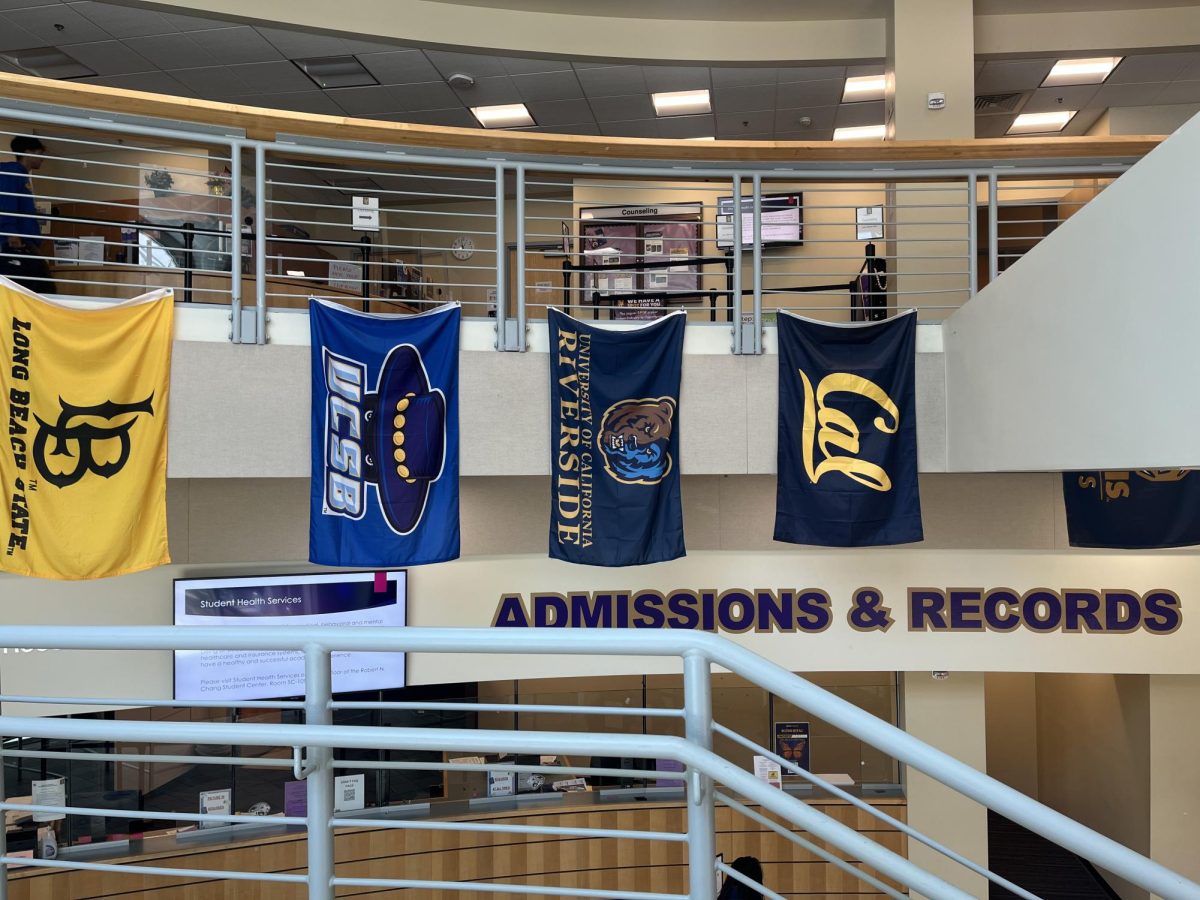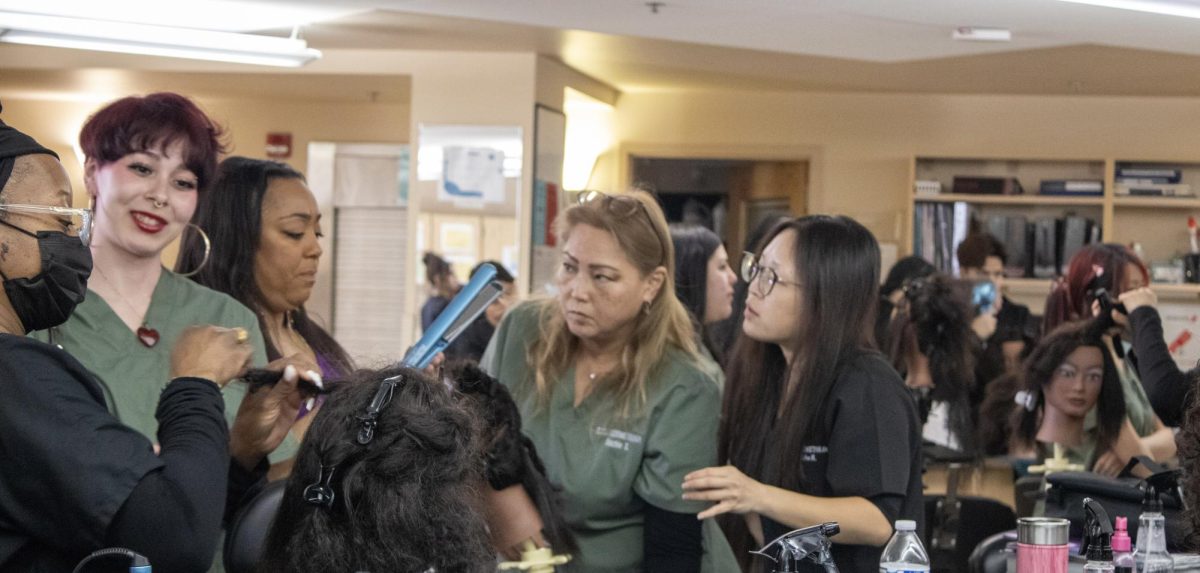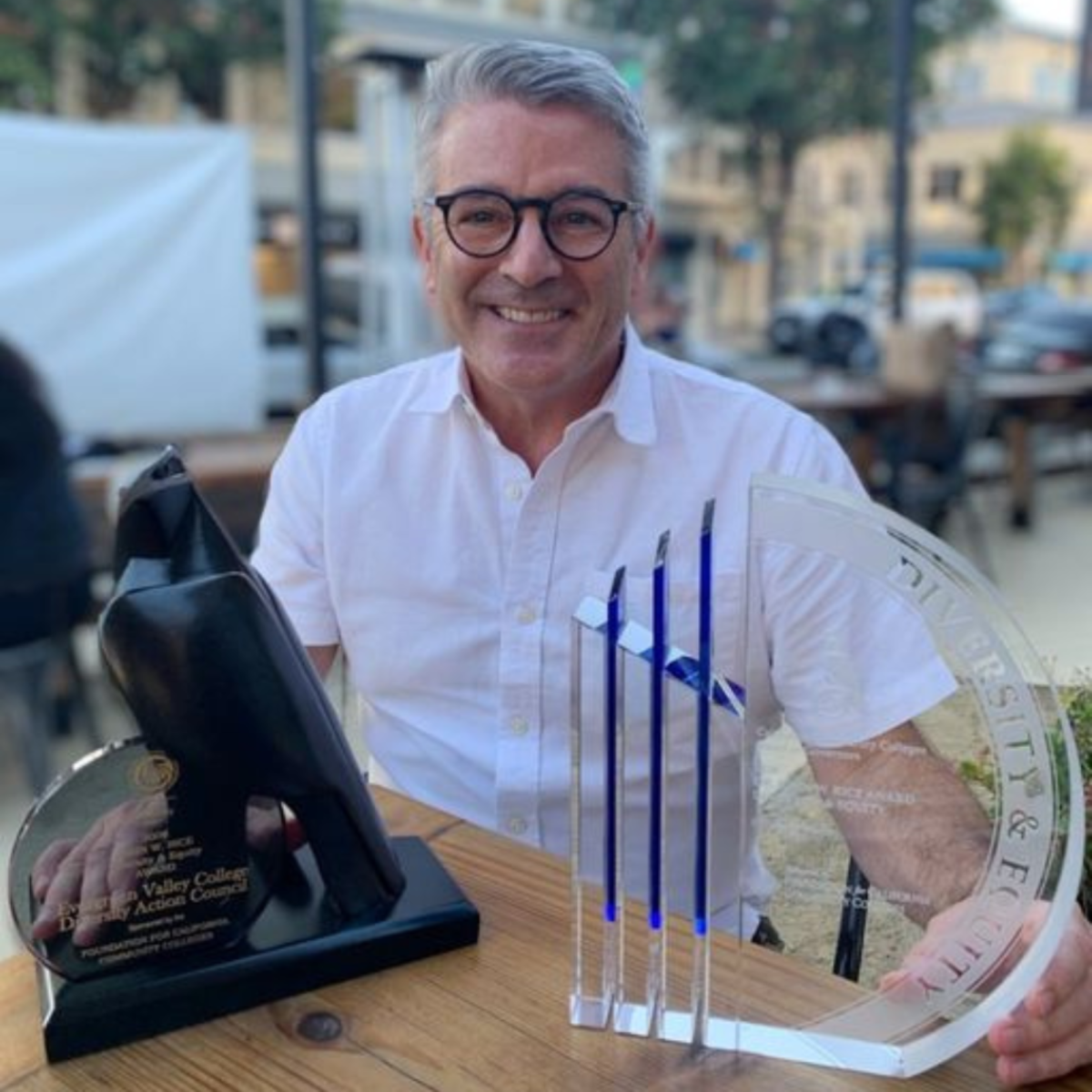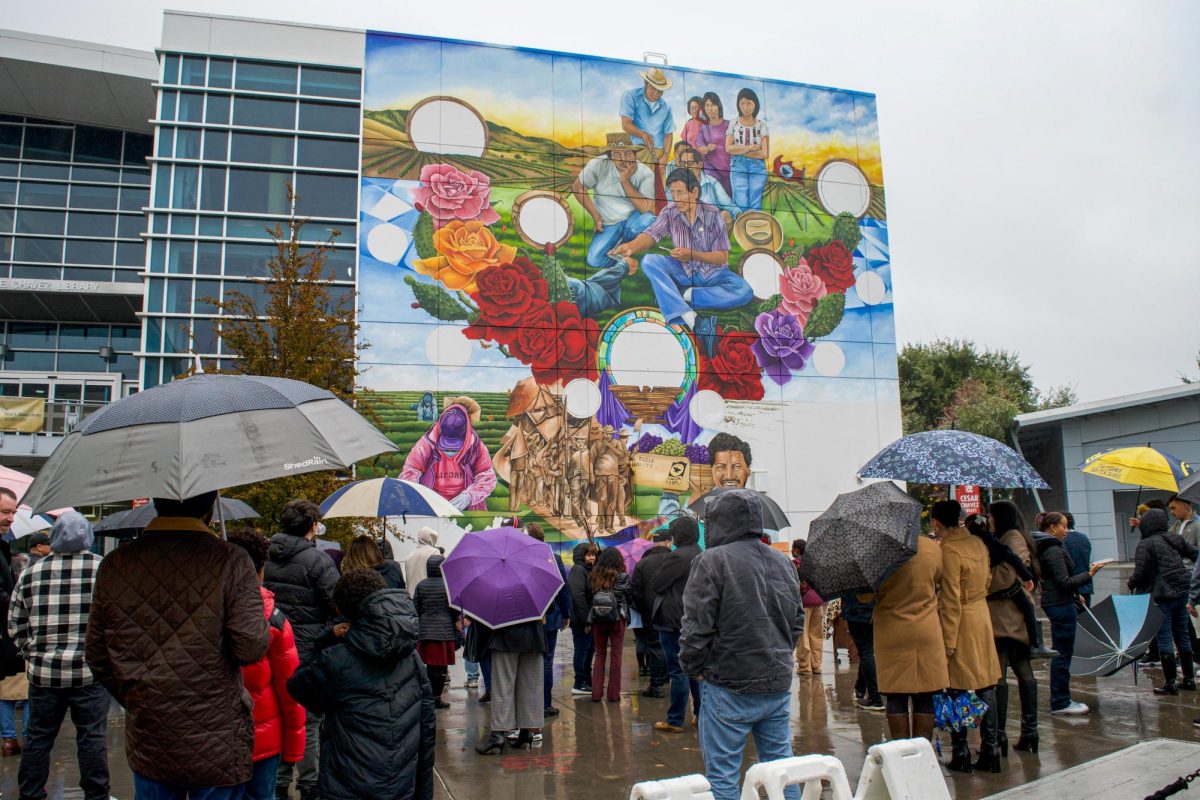California News Publisher Association delivered a webinar on Oct. 27 to address diversity in newsrooms in California, a problem affecting minority communities and aspiring journalists of color.
Fresno State University, Fresno City College and The Know Youth Media partnered to create a program that will serve as a pipeline for journalists of color. Students will be recruited at high school and receive a five-year paid pathway to a journalism degree.
A program known as the Central Valley Journalists of Color.
“The program was born out of the recognition that news has a diversity problem,” said Kathleen Schock, journalism instructor at Fresno City College. “America’s newsrooms should reflect the diversity of the communities that they serve.”
Schock said the students’ problem is that they don’t feel welcome in this profession, which influences the diversity problem in American newsrooms.
The webinar was meant for those starting their careers as journalists, wanting to focus on social justice by covering immigrant and other minority communities. The program is not exclusively for california, Schock said she hopes it will be replicated across the country.
The San Diego Union Tribune partnered with the San Diego Association of Black Journalists, Asian American Journalist Association, the National Association of Hispanic Journalists to create a Social Justice Reporting Project committee as part of their diversity initiative.
“The project was intended to present authentic voices and faces of the racial and social justice movement in ways not otherwise seen in San Diego media,” Luis Cruz, director of community and public relations for the San Diego Union Tribune said.
Cruz said that after receiving a $30,000 grant from Google, with no string attached on how to use the money, the Social Justice Reporting Project came to life. For the project, they recruited six journalists or aspiring journalists to participate.
Daniela Gerson, an assistant professor at CSU Northridge and co-founder of the Migratory Notes Newsletter, said the best way to gain information about the immigrants’ community is to engage with them by asking people, faith leaders, business owners and schools.
Gerson said there are many ways that minority and ethnic media reach their audience, but it is essential to know who the immigrant community is and where immigrants get the news.
“Look at census data and community organizations,” Gerson said. “Schools have incredible data about the parents of the children and what language they speak at home.”
Gerson also said that news organizations like PUNJABI Radio USA with primarily Indian audiences, Radio INDIGENA, that focuses on the farmworkers community and NGUOI VIET, a longstanding refugee newspaper, focused on the Vietnamese community are becoming a great source of information for minority groups in California.
“We need to answer questions like, how are we representing an immigrant community? How can we do so most effectively? And, also how can we connect with that immigrant audience?,” Gerson said.
Shock said that in the Central Valley, they have been trying to address the issue, particularly in the recruitment of Latino and Latina reporters, but they have been less successful when it comes to Black journalists.
“When it comes to diversity, it is not that there is a lack of interest in journalism as a profession,” Schock said. “We need to acknowledge that journalists of color face unique obstacles when it comes to entering and remaining in the profession.”
Schock said that there are three categories of obstacles that need to be overcome:
First, the pressure students get to enter into higher-paying professions.
Second, students of color do not see themselves reflected in newsrooms.
Third, there is a perception that the identity and background of minorities, particularly Latinx, Black and Asian students, should be overcome, as supposed to be celebrated.
“Students get pressure from their parents to get directly into the workforce, but instead choose to get a higher education,” Schock said. “It’s a lot easier to justify that decision if you are going into nursing or engineering, as supposed to ‘hey mom, I want to be a writer.’”
Schock said the goal is to reflect the community better, elevating the kind of work that journalists do and building trust with the audiences.
“At the end of the day,” Schock said, “what we want is a critical map of young people who are educated, experienced, that will go into newsrooms and really start to change the culture.”


